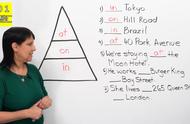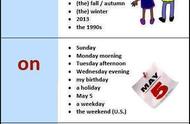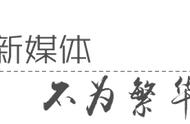
S: 学生 T:老师
S: 老师,两个介词可以连用吗?感觉有点儿怪。
比如:She climbed up to the hill.
此句中up和to只用其中任意一个可以吗?
T: 这种介词叠用现象,不足为奇。
此句可以只用一个介词climb up the hill 或climbto the hill. 但up to 叠用表示“一直到.......”,即:她一直爬到山顶。表达的意思更具体、更贴义。
再比如:He drove up to the front door. 他把车一直开到前门口。
S: 哦,明白了。
T: 对比一下这二个句子:
1. The number is up to 300.
2. The number is up by 300.
S: up to 300表示增加到300; up by 300表示增加了300。
T: 很好。这都是双重介词的使用现象。

常见双重介词结构归纳如下:
1. from 表方位的介词短语
即:from behind 从.......后面
from across 从.......对面
from under 从.......下面
from over/above 从.......上方
from among/between 从.......之间
2. till/until after介词短语
即: till/until after school 直到放学后
till/until after six 直到六点以后
3.at about/around 介词短语
at about/around 8:30 在大约八点半
at about/around five miles away 在大约五米远处
4. except 介短
Everyone was late, except for Tom.
He went nowhere,except on business.
5. instead of /because of 介短
He was at a loss, because of out of work.
The water began to flow out instead of into the bottle.

本节课教与学心得体会:
如果你没有学习目标,不知道该学什么,那些你觉得奇怪,无法解释,没有见过,或很少见到的语言现象,往往就是值得你深入探究和学习的目标知识。













